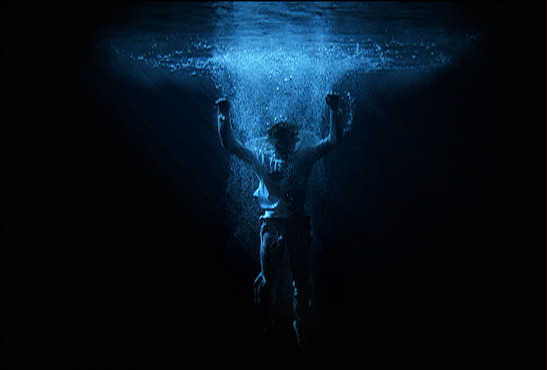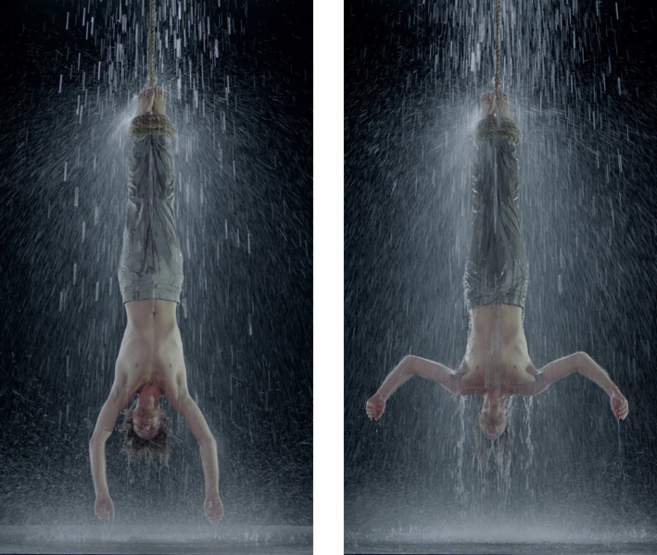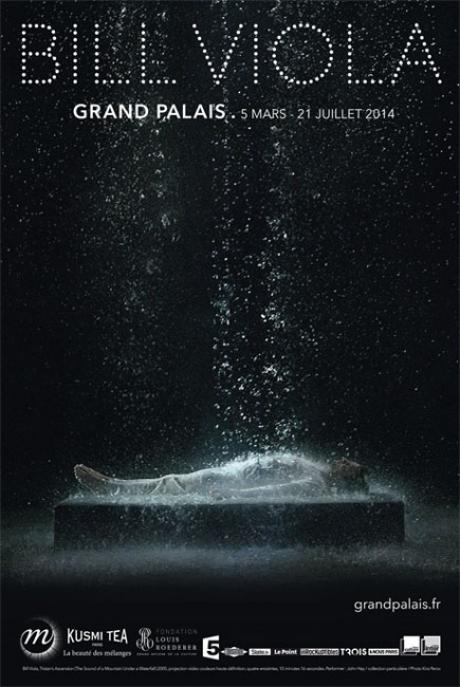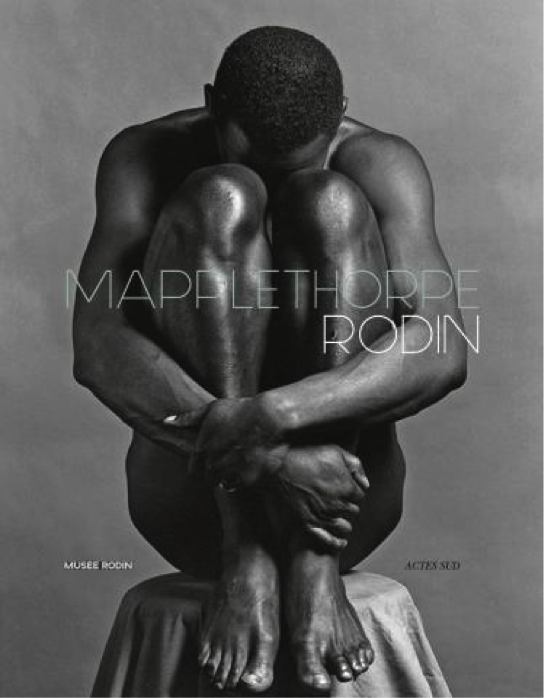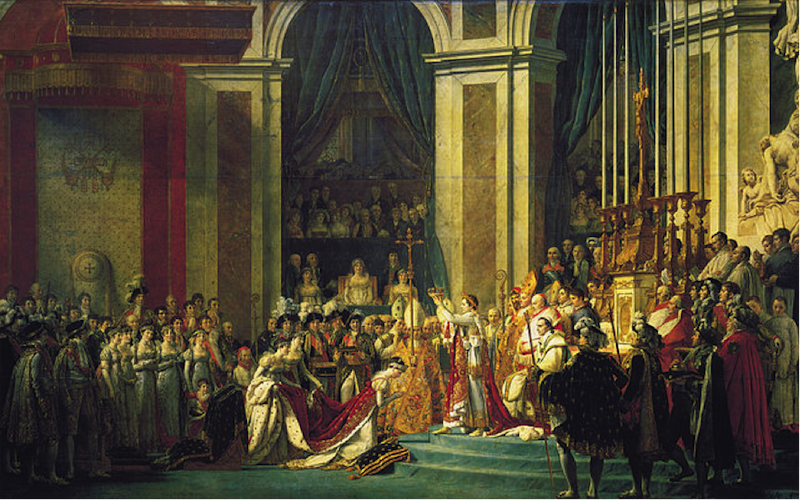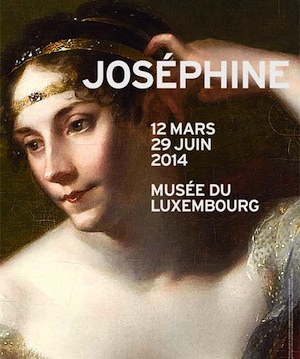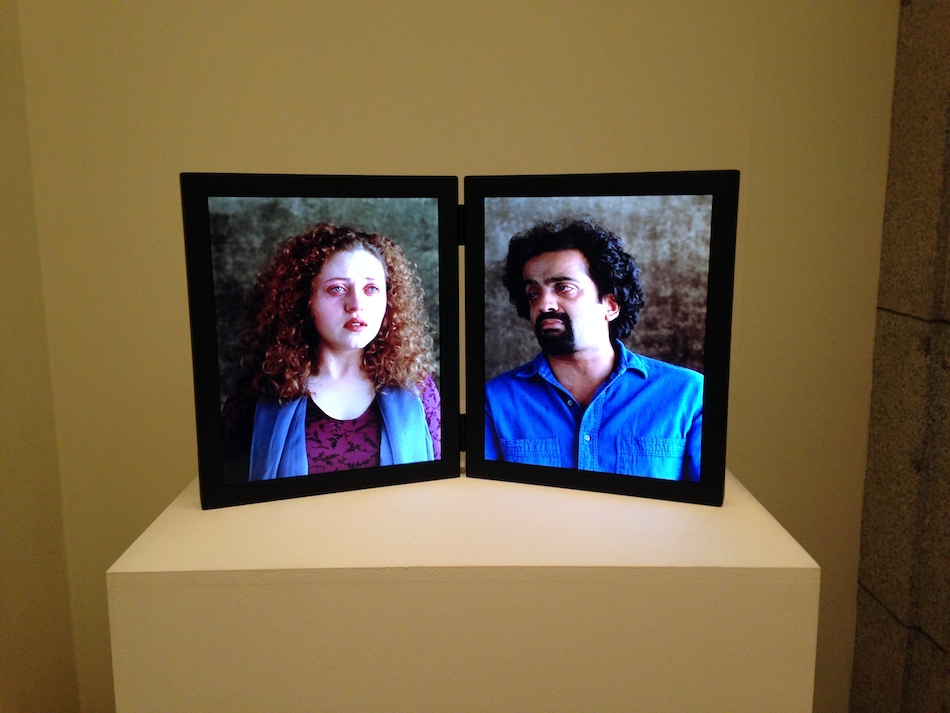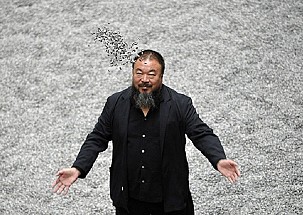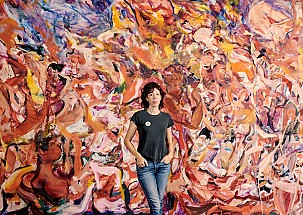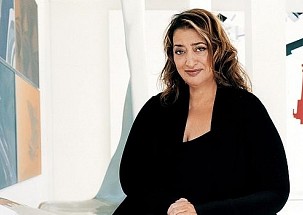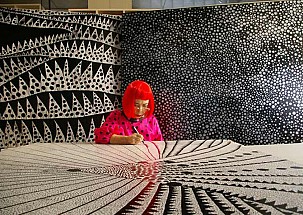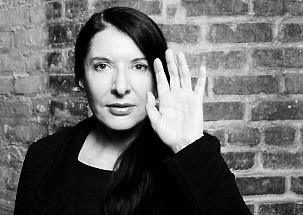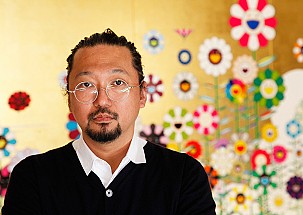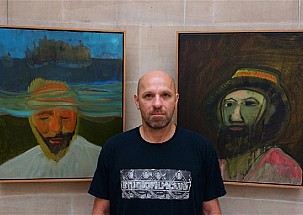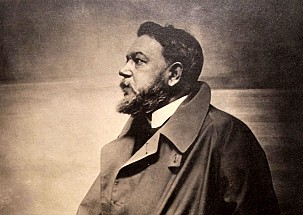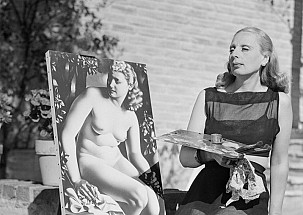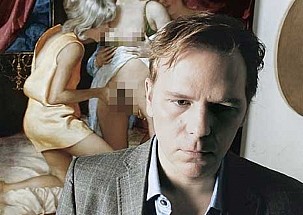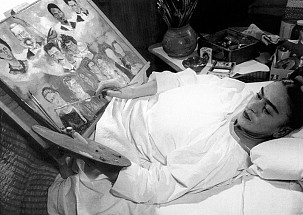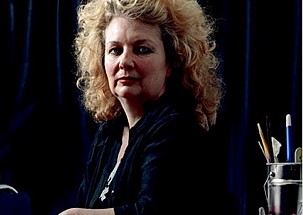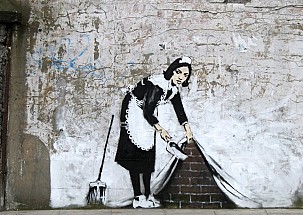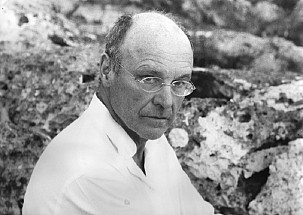- Details
- Written by Maira Herrero
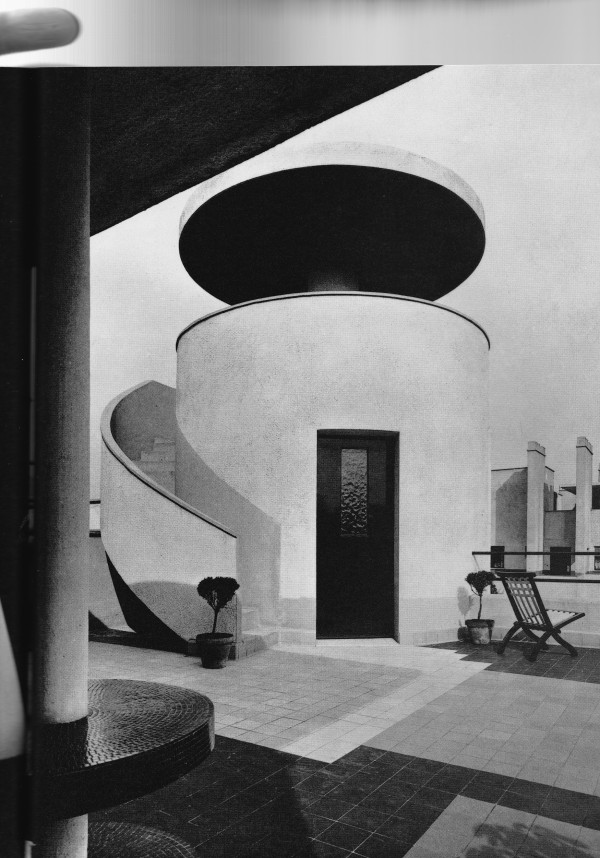
The Parisian Robert Mallet Stevens (1886-1945), who together with Le Corbusier was one of the most influential architects of the French modern movement, was the designer of this architectural marvel, built in 1927. In 1929 he founded the Union des Artistes Modernes to unite the Parisian avant-garde artists of the first half of the 20th century — Jean Prouvé, Le Corbusier, Charlotte Perriand…
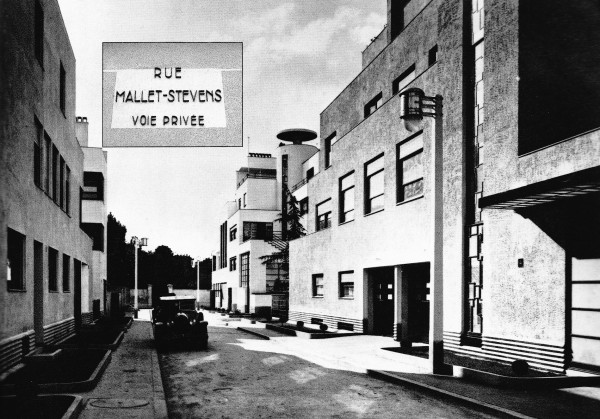
The house is part of a small urbanization designed by Mallet Stevens. On top of the cylindrical hollow staircase, there are a number of different spaces which form the complex design that the owners commissioned. Geometric forms merge seamlessly, creating a harmonious whole. Rue Mallet-Stevens nº 10, 75016 Paris.
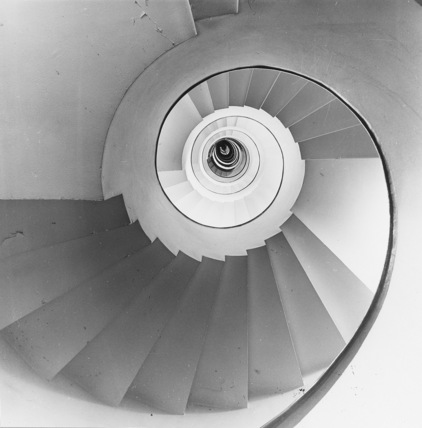
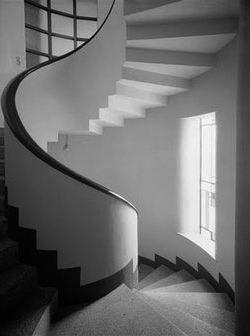
Thanks to gallery-owner Eric Touchaleaume (Gallerie 54), today we can see the concrete light source built by Mallet Stevens for his casino La Pérgola de Saint-Jean-de-Luz: yet another example of how this architect extends his work to sculpture and design.
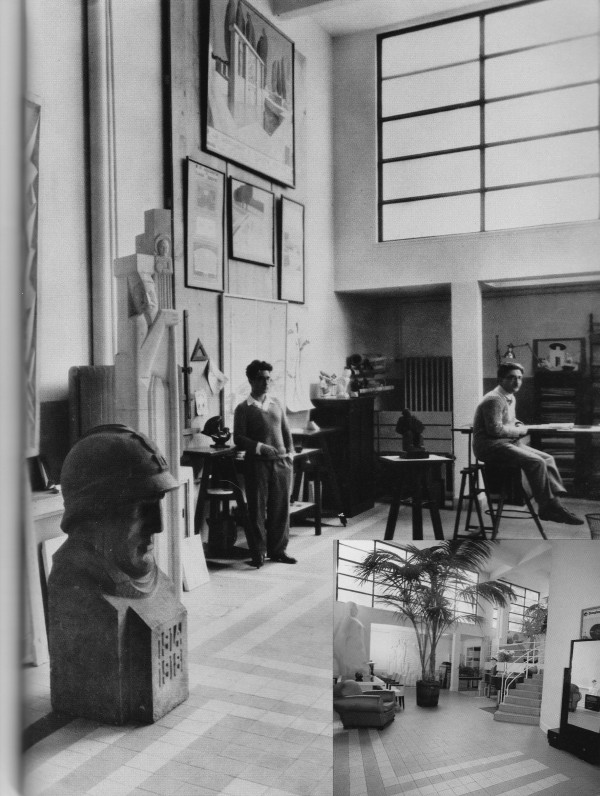
www.admagazine.fr/architecture
www.connaissancedesarts.com
- Details
- Written by Maira Herrero
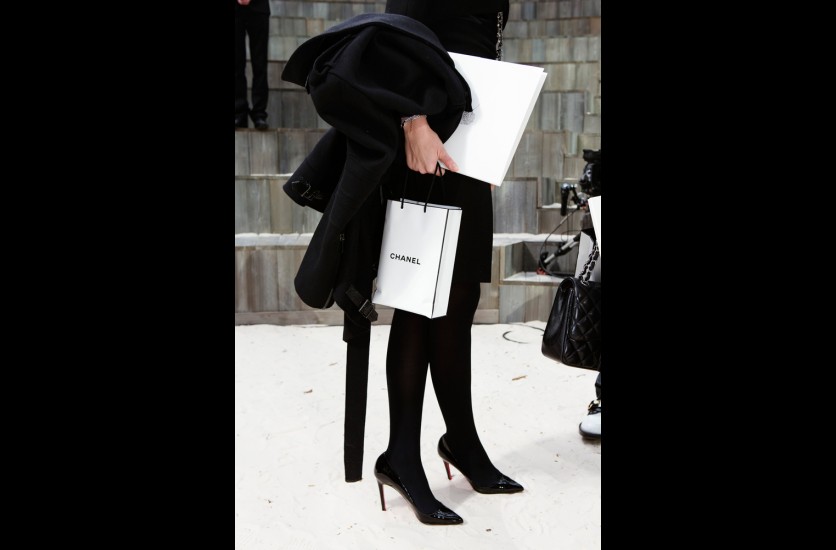
We're so obsessed with taking photographs that we forget to live the experience
This is an unmissable opportunity to see 62-year-old British photographer Martin Parr’s current work. Parr’s focus has been on mass tourism, a theme he studies critically but not without humour. In this exhibition, La Maison de la Photographie Européenne has given the artist carte blanche to offer his own personal vision of the city of Paris, with its people, its many streets filled with tourists, its museums, restaurants, fairs, its fashion and anything that might have caught his eye as photographer and foreigner. Read more.
Martin Parr's Parisian world consists of around 60 current pieces and some older ones as well: this is an excellent opportunity to reflect on tourists' irrational hunger to immortalize everything they see, without looking beyond that which lies in front of them, without even feeling what they're experiencing.
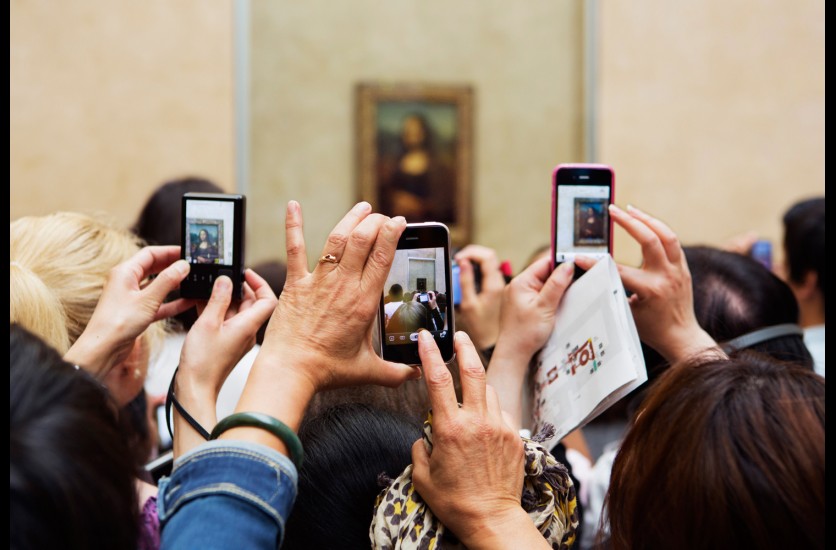
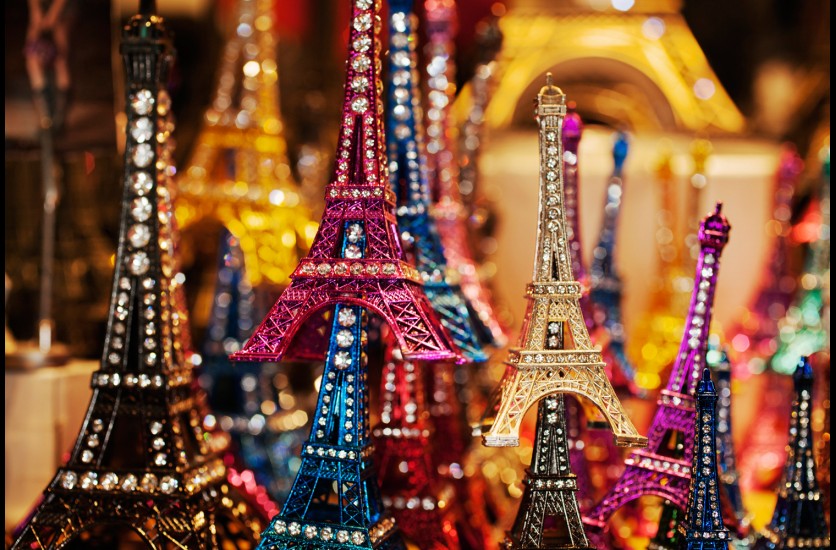
www.martinparr.com
- Details
- Written by Maira Herrero
Bill Viola, New York’s greatest video-artist, is currently displaying his work in the Gran Palais. The exhibition is in fact a retrospective, containing works from the 70s to the present day.
Viola’s works have always centered around the general concept of Life — natural phenomena such as fire, wind, water and death are some of the specific themes that come up time and again. His search for a natural order in the world, by means of simple, subtle harmony, is evident to those viewers who invest time in his work, which invites us to escape our day-to-day lives and appreciate the natural principles that sustain existence, the way the Ancient Greeks understood it. Life seen as continuous movement and change (“Life is like a flowing river”). Through his work, Viola wants us to stop and think about who we are, our surroundings, where we’re heading and whether or not we’re actually perceiving the world around us.
Viola challenges the viewer with 20 works projected onto more than 30 screens, ranging from overlapping canvases to a large-format polyptych and each with its accompanying soundtrack filling the room.
Some of the works refer to the great masters of painting — in Going Forth by Day (2002) we see the fresco from Giotto’s Saint Francis chapel; in The Quintet of the Astonished (2000) there is a reference to El Bosco, and The Sleep of Reason (1988) includes a Goya.
The installation is incredible — the different elements of the exhibition, from the distribution of the videos in each room, the lighting, the spaces, the sounds, all work together in harmony to effectively surround the visitors in the sensorial world of Viola’s art. Unmissable!


Grand Palais www.grandpalais.fr
- Details
- Written by Maira Herrero
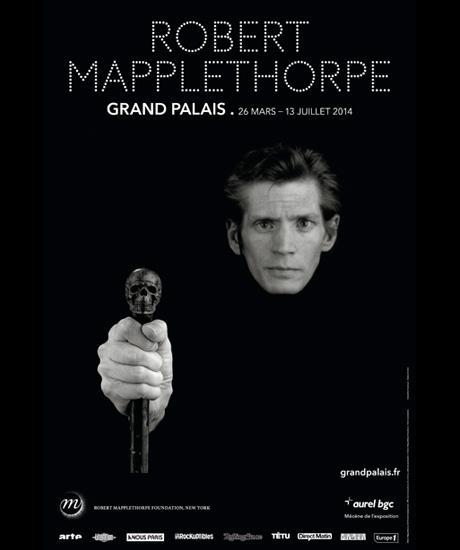
Grand Palais and Musée Rodin. Until July 13.
The city of Paris is commemorating the 25 years since the death of the great New York artist Robert Mapplethorpe (1946-1989) with two exhibitions, at the Grand Palais and Musée Rodin.
The Grand Palais has amassed over 250 works which sum up Mapplethorpe’s life-long career, the different phases it went through, and what was going through his mind when he pressed the shutter release on his Polaroid or Hasselblad. He was obsessed with beauty and with the idea of a world without limits; he studied the power of nature in the human body to give us unforgettable images of faces, hands, naked bodies, as well as a series of photographs of flowers that add a touch of delicacy to his work.
The creative aspect of his photography goes hand in hand with the technical — he was always aware of the latest advances in optical technology and film development. In fact, the exhibition reveals how his film formats evolved through time: from silver gelatin for his first black-and-white images, his colour Polaroids, the photo-engravings of the later years and even his paper- and linen-printed platinum copies. His large-scale formats are key in understanding his image compositions. For the artist in search of perfection, it was the end result that was truly important, not the photograph itself.
Complementary to the Grand Palais exhibition, the Musée Rodin, in conjunction with the Mapplethorpe Foundation, has organized another exhibition with the aim of creating a dialogue between these two great artists. The exhibition consists of 50 sculptures by Rodin together with 102 of Mapplethorpe’s photos, taking visitors on a journey towards the beauty of the human body. Mapplethorpe’s role here is that of an image sculptor: through strongly marked contrasts of light and the refined poses of his models — reminding us of the great Masters of the Italian Renaissance — he achieves an almost otherworldly corporealness.
The heterodoxy of Mapplethorpe’s work has sparked numerous discussions on the limits of art. This retrospective provides a unique opportunity to understand how an American artist who began his career doing collages with other people’s photos eventually became one of the 20th century’s art icons. Through his self-portraits, the artist himself clearly expressed his personal commitment to the search for new worlds, where everything is possible and nothing is forbidden. "I'm looking for the unexpected. I'm looking for things I've never seen before…”
The exhibition at the Grand Palais includes a room with perhaps his best-known works, those of a S&M nature — this room is not accessible to minors. Not that these works are not worth seeing, on the contrary they contain part of the artist’s essence. All his work is full of eroticism, sensuality, subtlety.
An unmissable exhibition! Advanced booking is highly recommended.
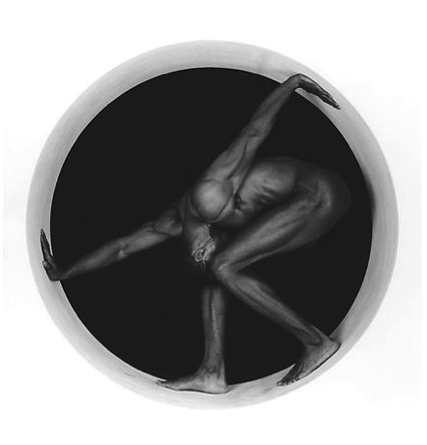
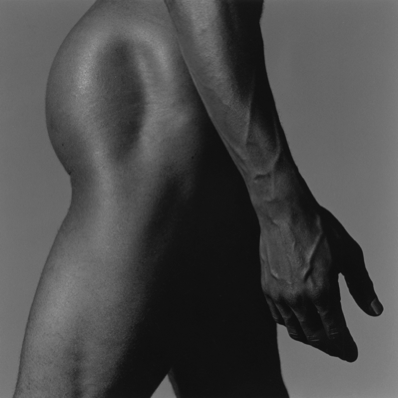
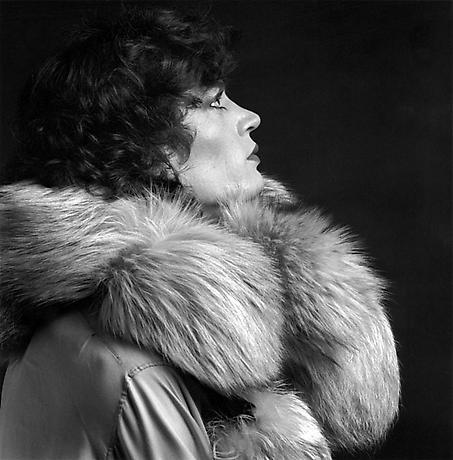

www.grandpalais.fr/en/event/robert-mapplethorpe
www.musee-rodin.fr
- Details
- Written by Maira Herrero
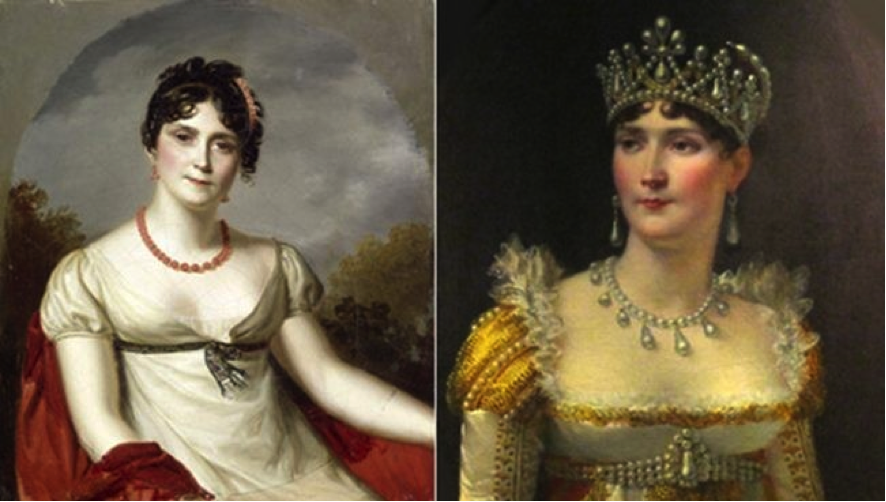
Josephine. Museo de Luxemburgo (Hasta el 29 de Junio)
The Joséphine exhibition at the Musée du Luxembourg — organized to celebrate the bicentenary of her death — is a great opportunity for lovers of classical art.
This exhibition allows visitors to see the different stages of Joséphin’s life, from her time in Martinique, her marriage to Napoleon Bonaparte and coronation as empress in 1804, to her life after her divorce. The music, culture, travels, fashion, gardens and art collecting present in her life are all witness to her progressive lifestyle and her great influence on the modus operandi of French society in the first half of the 19th century.
History fans and francophiles will enjoy a unique walk through the artistic legacy of this temporary empress (1804-1809) who died in 1814. Paintings, sculptures, furniture, ceramics, tableware, jewellery, precious stones and luxurious clothing are all part of this lavish exhibition.
|
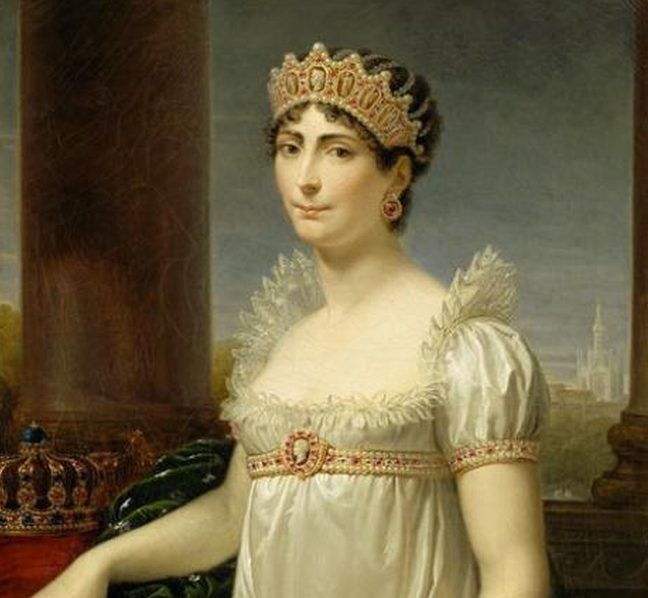
- Details
- Written by Alejandra de Argos
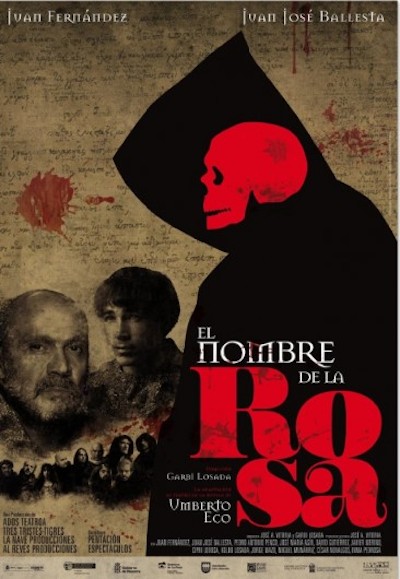
Excellent stage adaptation of " The Name of the Rose ", by Italian writer and philosopher Umberto Eco . This historical novel written by the author at a mature age , was a resounding success , becoming one of the best selling books of the world .
The play set in the late Middle Ages in a Benedictine Abbey , the scene is masterfully led by Garbi Losada , responsible for the direction. Sets, costumes , makeup and lighting did you immerse in the detective story . The cocktail of philosophy , reason, religion and fanaticism is materialized with a brilliant cast of actors.
Juan Fernandez in the role of Friar William of Basckerville Juan José Ballesta in his novice Adso of Melk, are the stars arriving at the Abbey of the most important libraries of Christianity and where they will be given strange murders they will have to solve. Friar William of Basckerville will also have to mediate, at this point of encounter, between the opulence of the Papacy and a Franciscan order with vow of poverty and the Inquisition backdrop.
It was lovely to observe each of the gestures of these artists. It is difficult to single out one among the others because his role was more or less relevant , was brought to the scene with great skill.
I recommend going to see this play and go dressed warm to the New Apollo Theatre , where the scenery was so neat , that made you feel like a guest in the cold abbey. I also suggest before you go ,review over the life of English franciscan scholastic philosopher, William of Ockham ( 1280-1349 ) . The main character, William of Basckerville (wink A. Conan Doyle) and work , are based on this Franciscan who lived in extreme poverty , and left a very important philosophical and theological legacy.
Teatro Nuevo Apolo . Madrid. Until March 30, 2014
- Details
- Written by Alejandra de Argos
I am excited, increasingly common, to establish dialogue between the art of our time with our artistic past. This exhibition has created a dialogue between the American artist Bill Viola and Baroque masters like Zurbaran, Goya, Ribera and Alonso Cano, which would be the common link emotion.

The museum of the Royal Academy of Fine Arts of San Fernando in Madrid was the place chosen to present video installations that form the exhibition "Bill Viola in dialogue."
It is understood as a reinterpretation in such an important time in our mood and emotion as feeling. The videos are developed with a slowness that is almost imperceptible, are vivid pictures with a common spirituality works with surrounding facilities.
Revisiting the important collection of pictorial art Academy adds immense value to this exhibition.
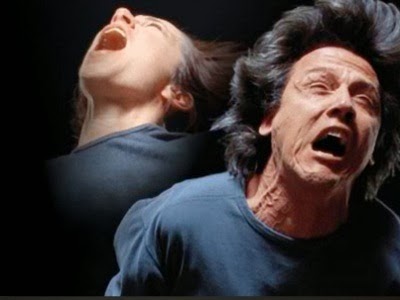
The project consists of four video installations, The Quintet of the Silent (2000), Dolorosa (2000), Silent Mountain (2001) and Surrender (2001). They show us a cocktail of intense emotions and extreme suffering, pain and tension spread through the halls and live with the mastery of the classics.




